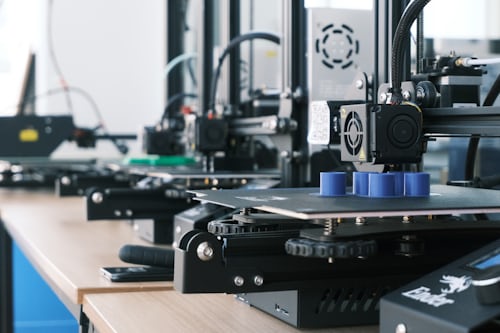
An automation system is a collection of sensors, controls, and actuators that work together to perform a task with little or no human intervention. This subject is concerned with Mechatronics, which is an interdisciplinary branch of engineering that combines mechanical, electrical, and electronic systems. Click here to learn more on OMRON Automation Component Malaysia.
The majority of automation systems are derived from manual processes such as drilling, cutting, and welding. These systems employ robotic arms to control the movement of the tool performing the original function. Automation is used in other applications, particularly in the field of process control, to monitor and control process parameters. This is accomplished by adjusting the operation of equipment such as heaters, motors, pumps, and compressors, or by opening or closing process lines with control valves. Automation systems are available in a variety of configurations, even for a single function. The following are the most common applications for automation systems such as assembling, milling, cutting, drilling and many others.
The primary goal of an automation system is to reduce the need for human intervention. A human operator is prone to mistakes and fatigue, which can result in a variety of issues. Adapting an automation system will result in significant improvements in profit, production rate, safety, and quality. The benefits of using automation systems are listed below.

Advantages:
- More Consistent Production: When designed correctly, robotic systems can reduce production time by performing complex movements efficiently. A higher production rate translates to a higher production volume and a higher profit. To achieve faster actions, the driver must supply sufficient force, and the flow of movement of the links and joints must be smooth, with no unnecessary transitions. Furthermore, a computer’s processing speed is faster and more efficient than that of humans. Humans can process more complex information than computers, but computers outperform when human error, breaks, and sick days are factored in.
- Increased Repeatability: A production line is efficient due to the repeated sequence of movements that are “programmed” to the operator doing the work. This requires little decision making because the actions are mostly governed by a predetermined, specific set of instructions. These repetitive movements can be broken down into simple translations and rotations that a robot can learn. The actuators’ repeatability is improved because they have a nearly constant range of motion.
- Precision and Accuracy: As previously stated, the actuators are designed to perform constant-range movements. Unless there is a feedback signal or a change in the control variables, the characteristics of an actuator’s movement will not change. The automation system can be calibrated to produce the same result with little or no variation.

- Product Quality is Improved: With automated systems, products are created with consistency. Human error and subjective judgement errors are avoided. Automated systems use logic to determine whether a given condition yields the desired result. Constant verification can be accomplished with feedback systems that outperform humans.
- Improved Working Conditions: Processes that involve extreme temperatures, high pressures, high forces, rapid movements, and toxic materials endanger personnel. Robots can now perform dangerous tasks without causing injury or even death.